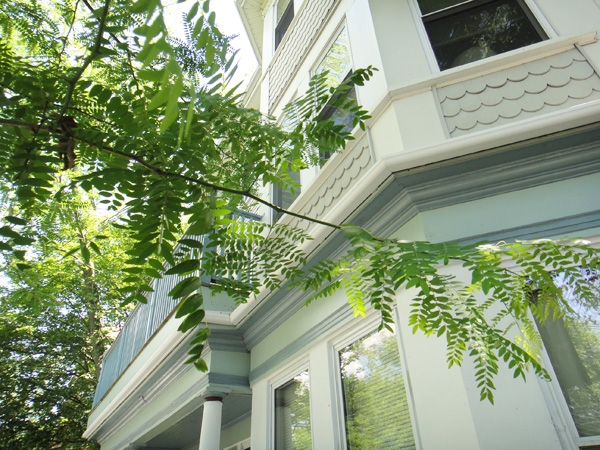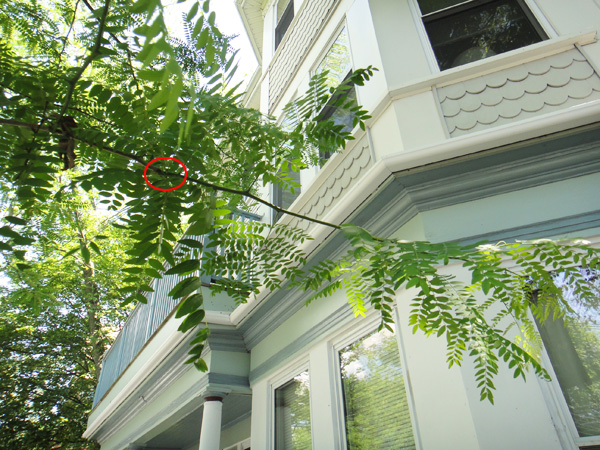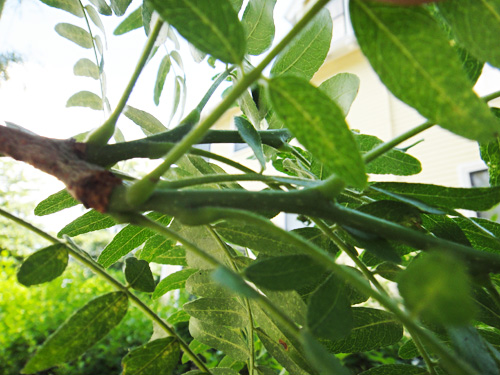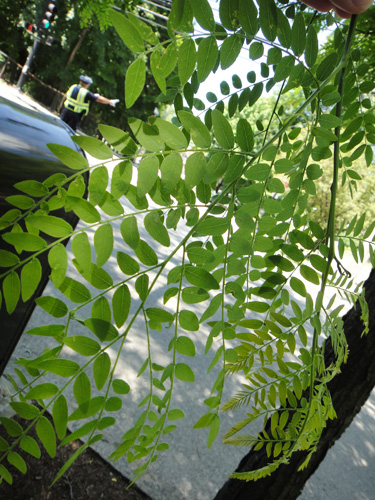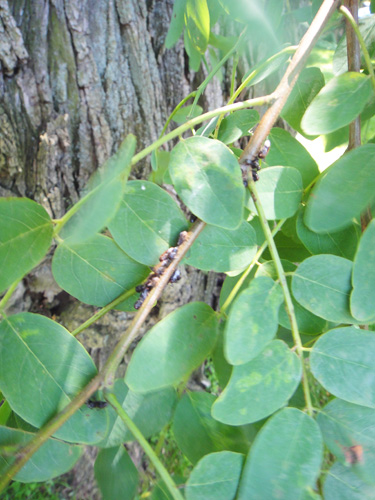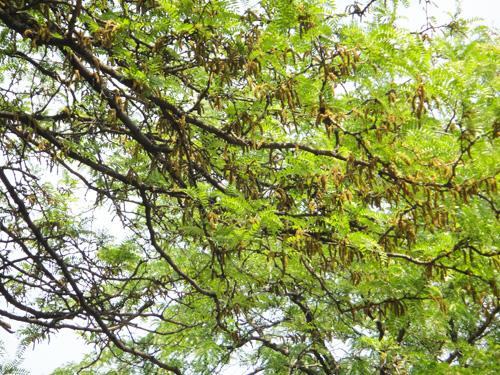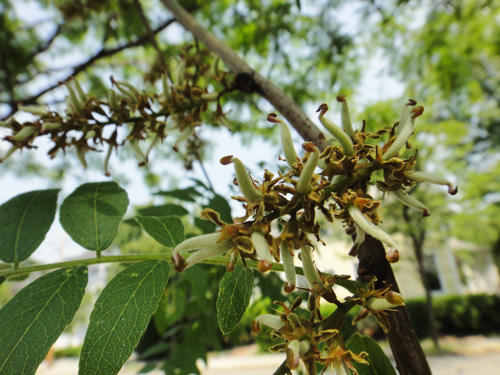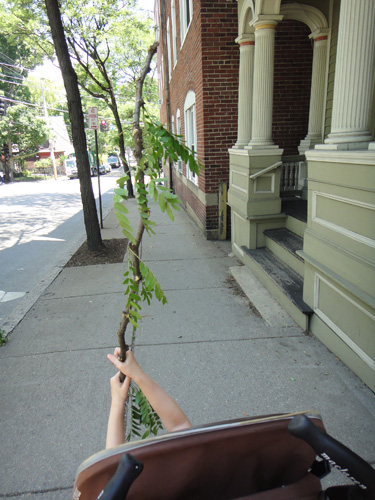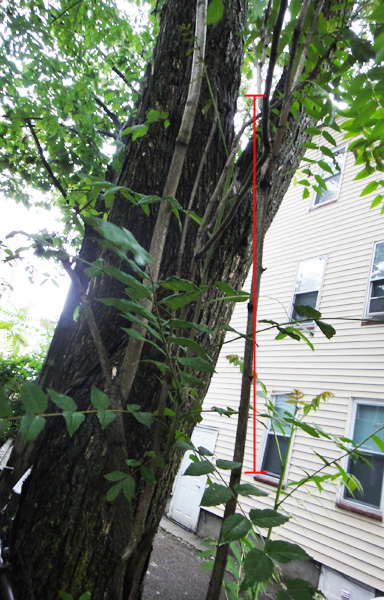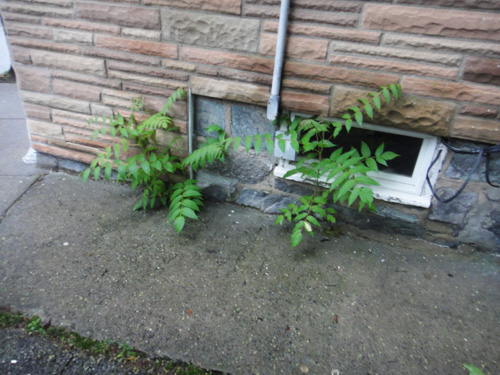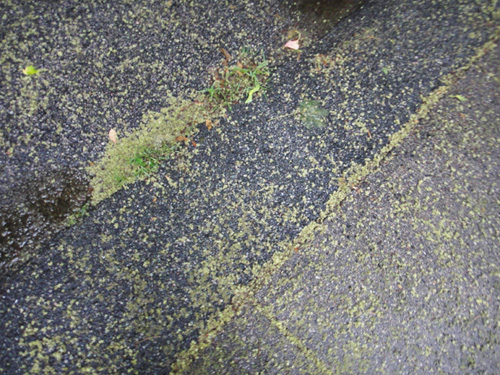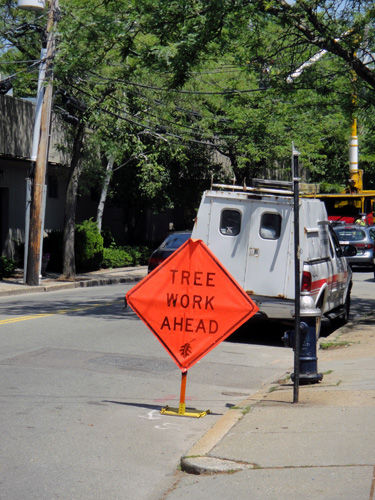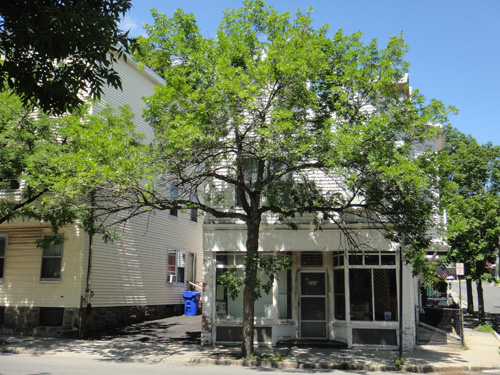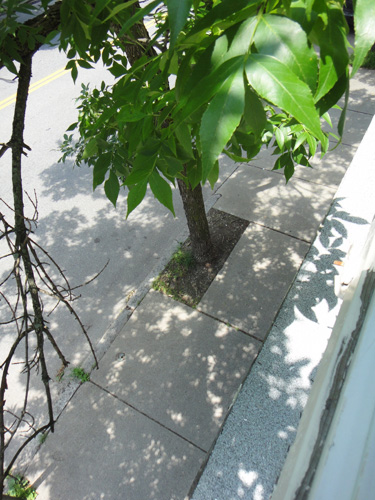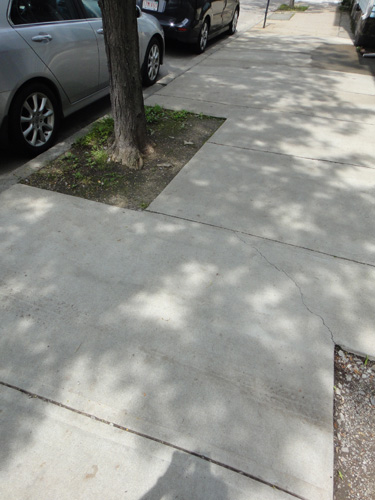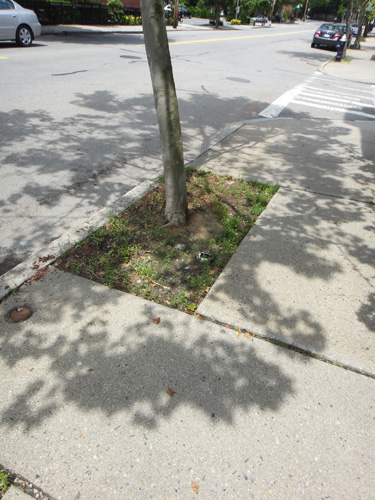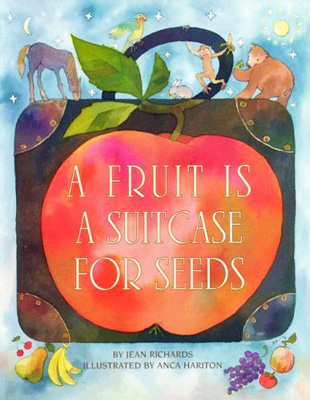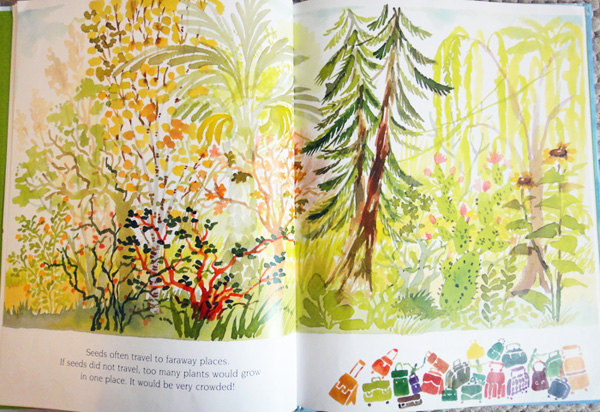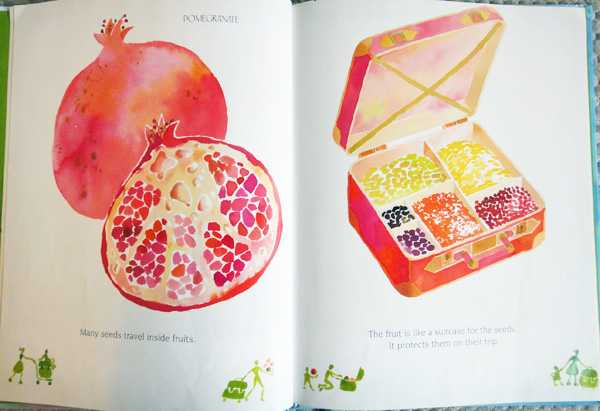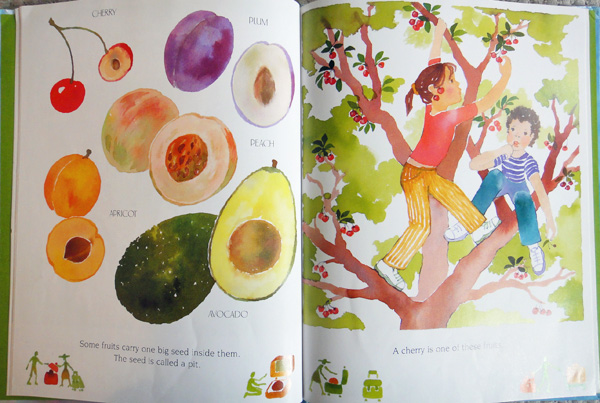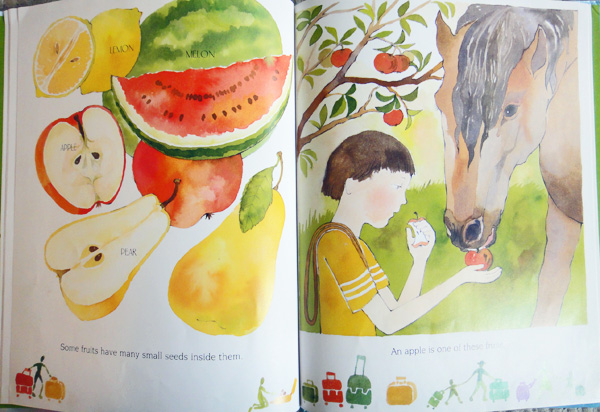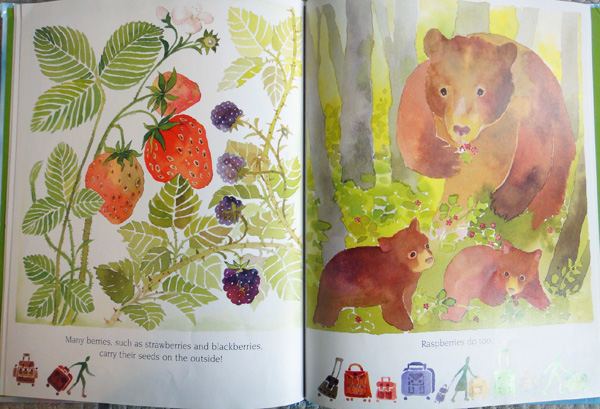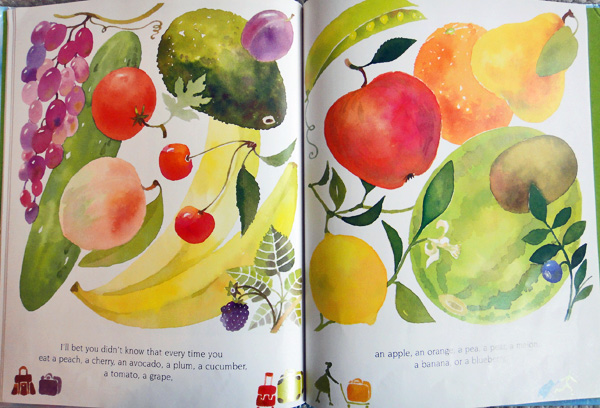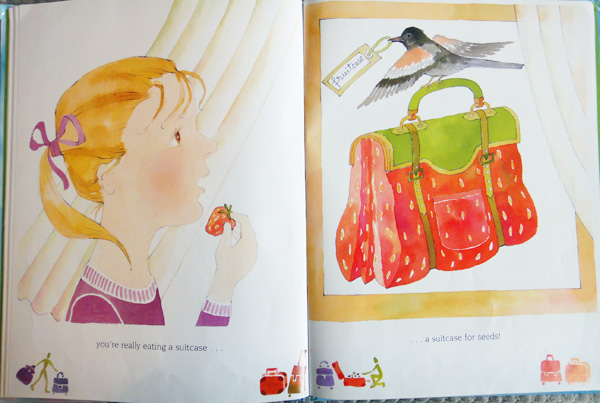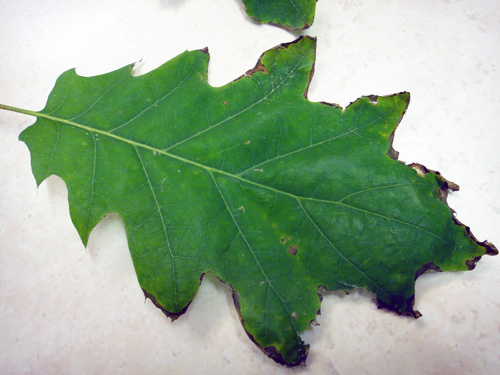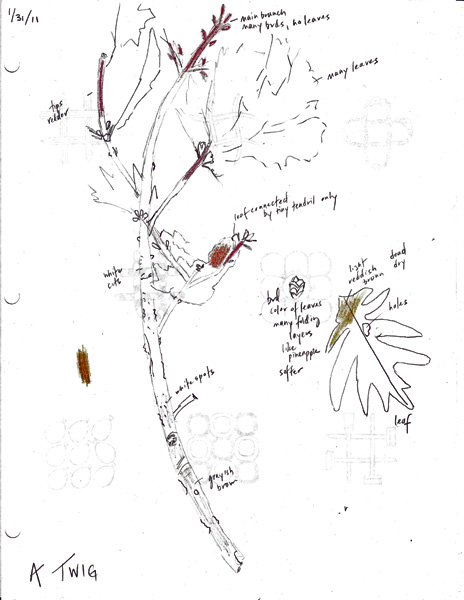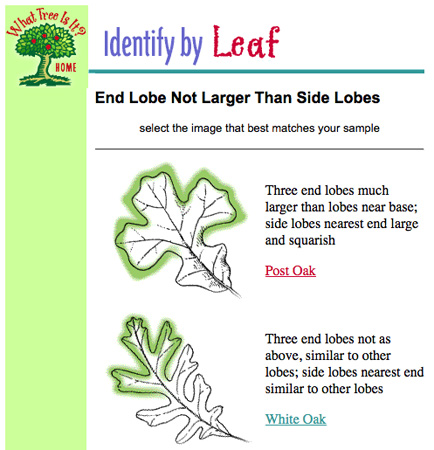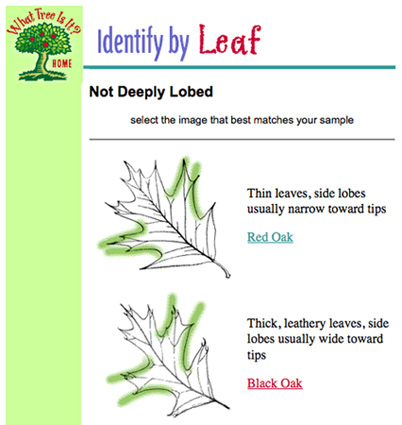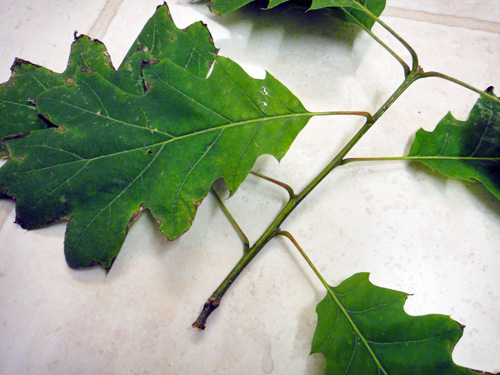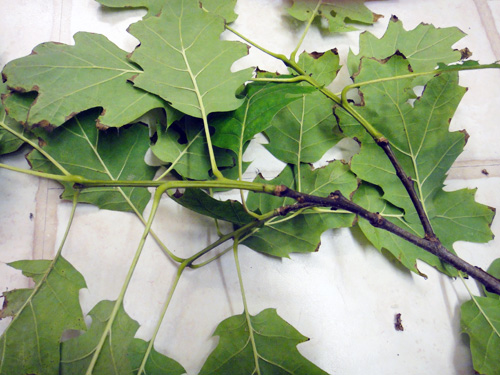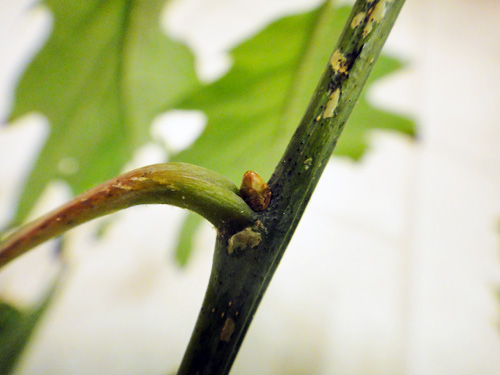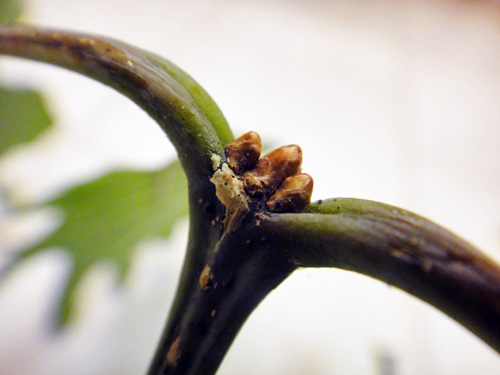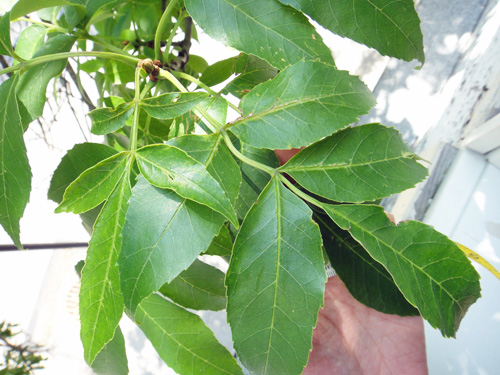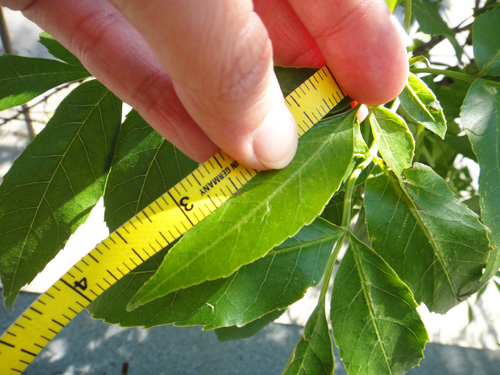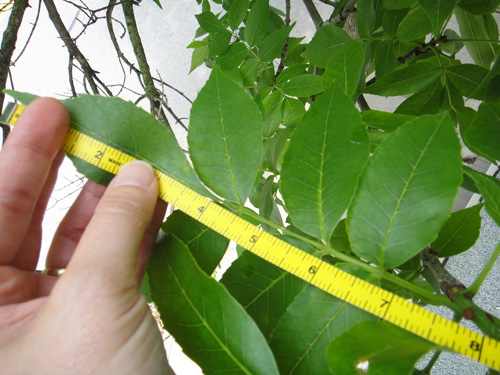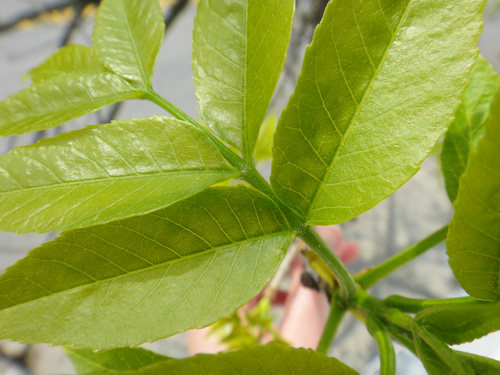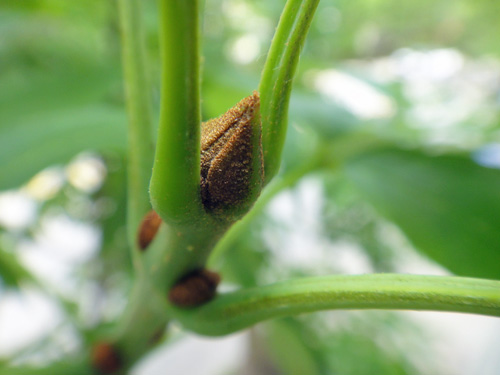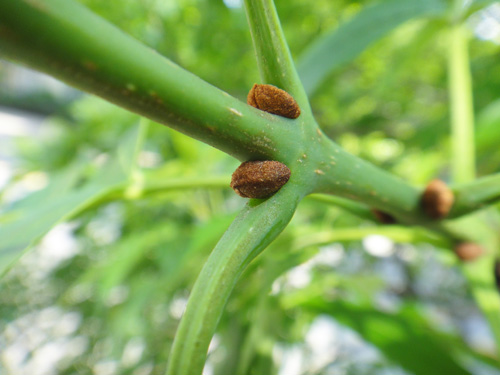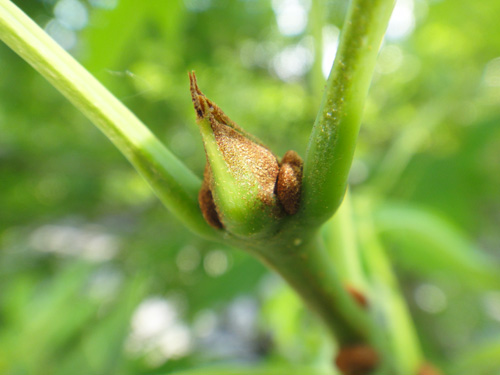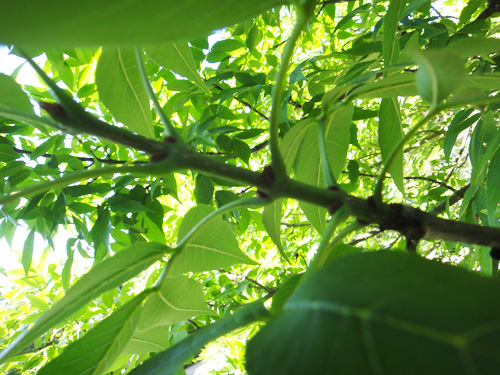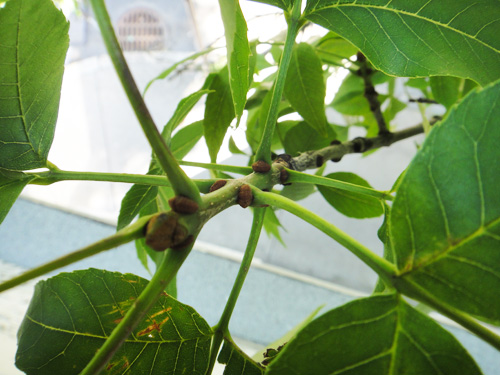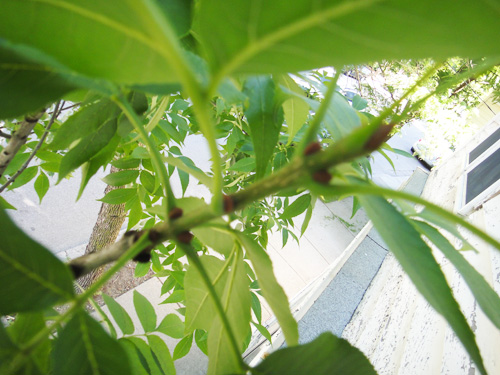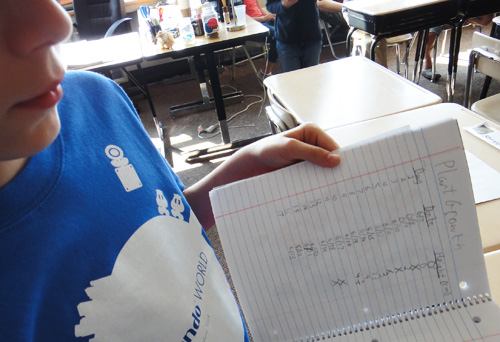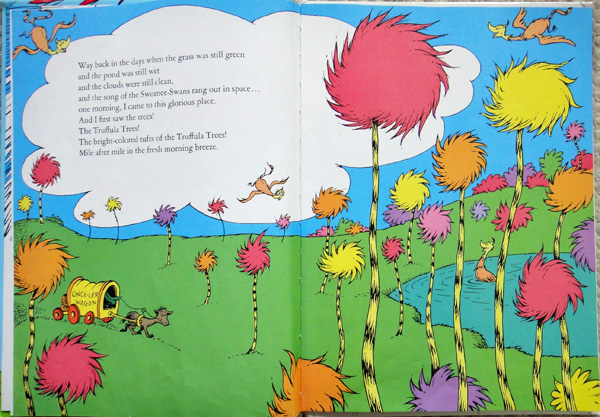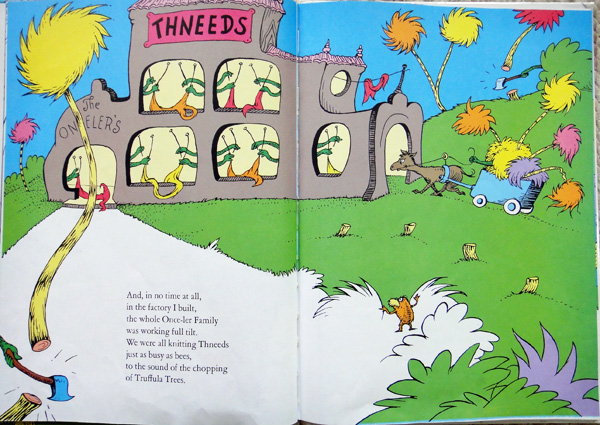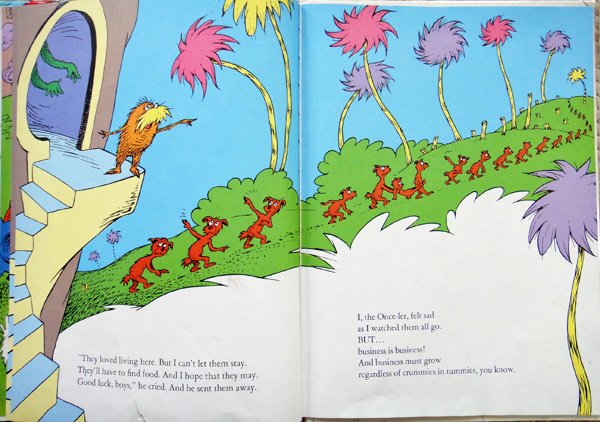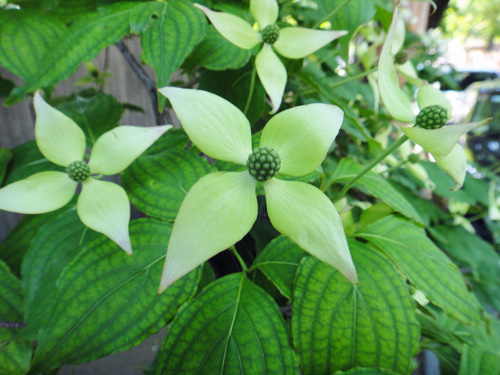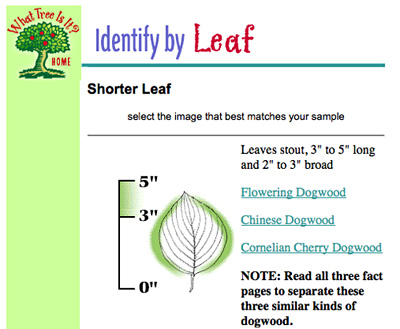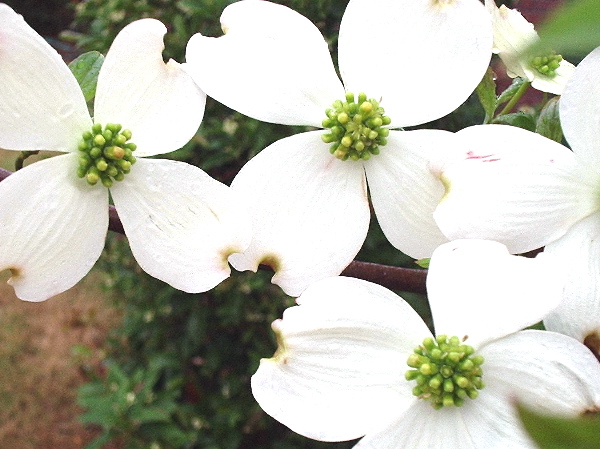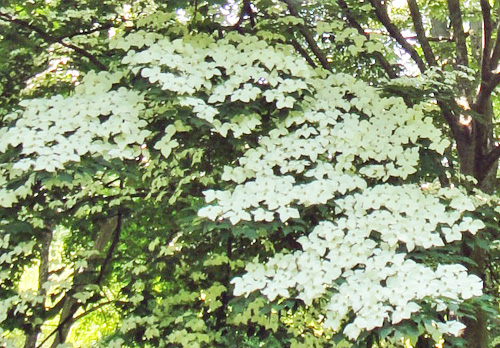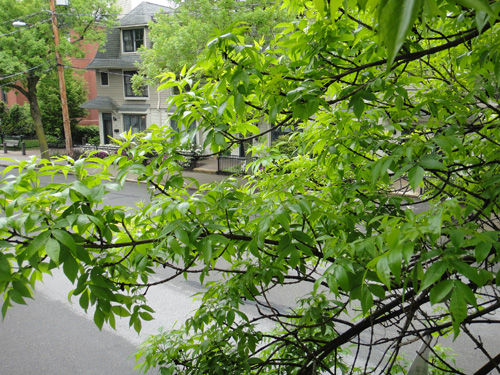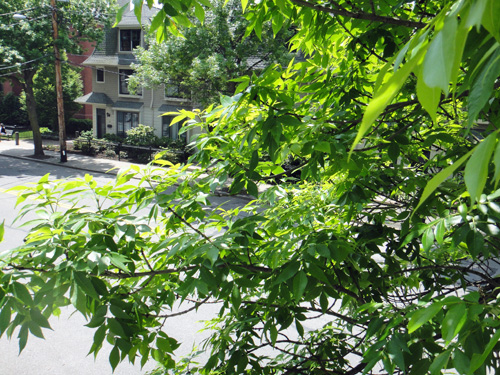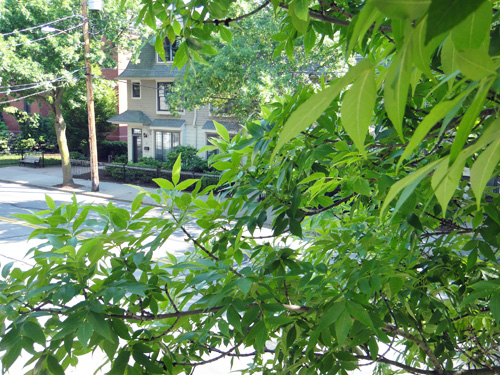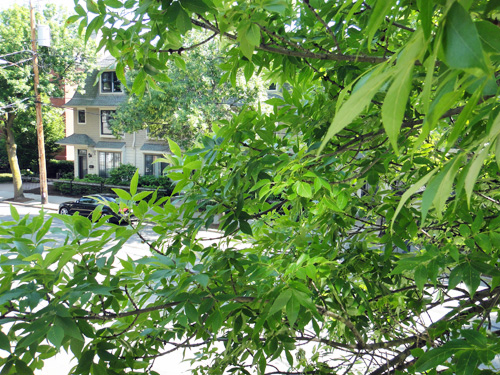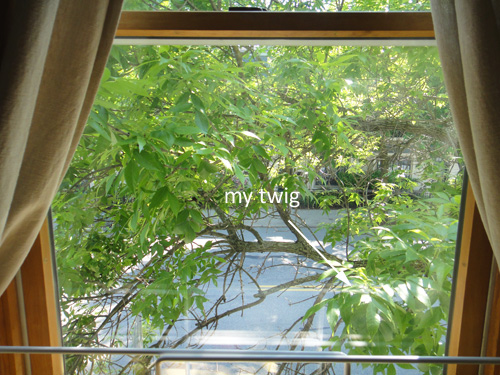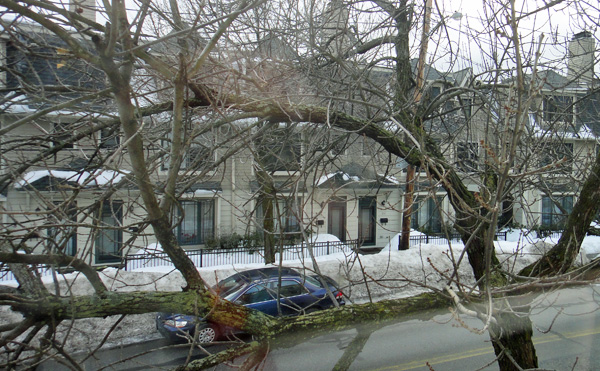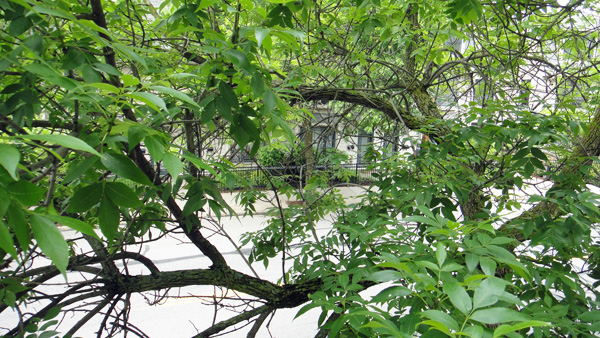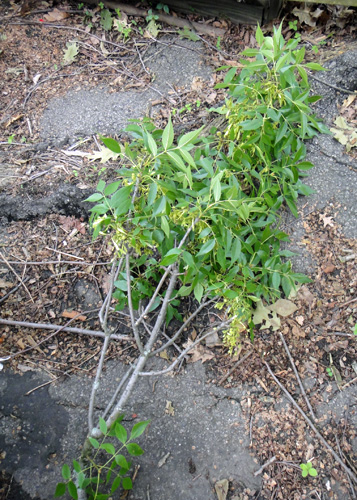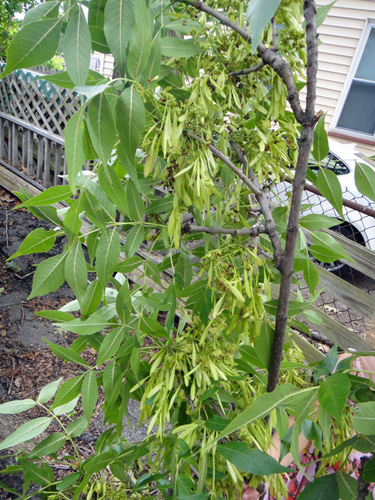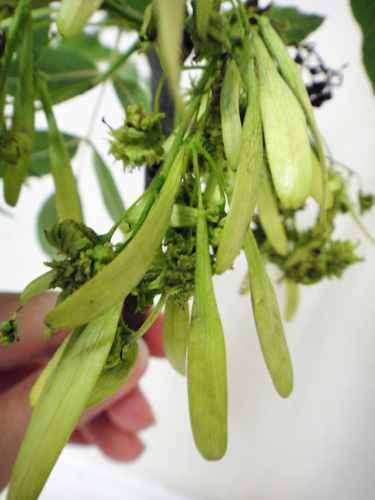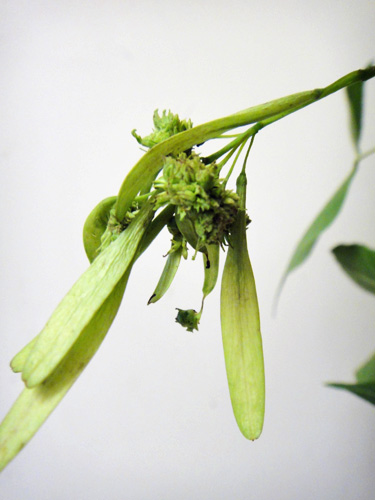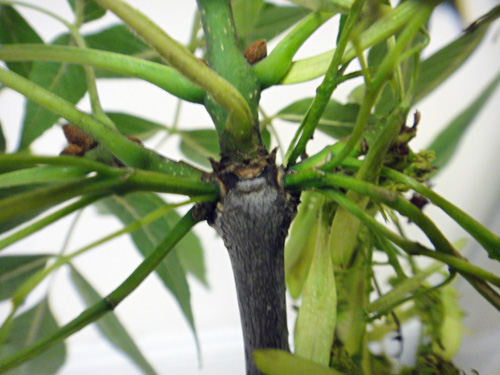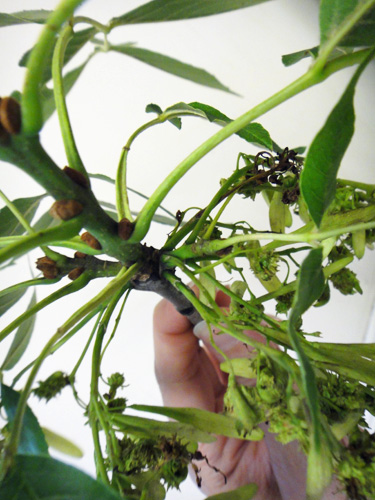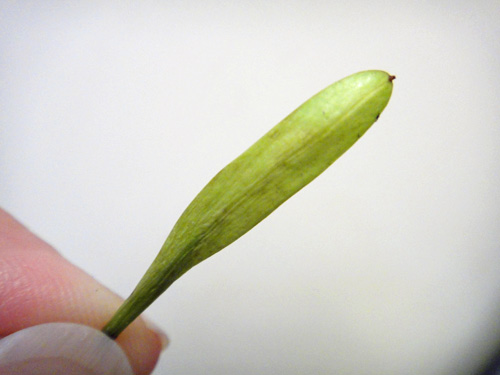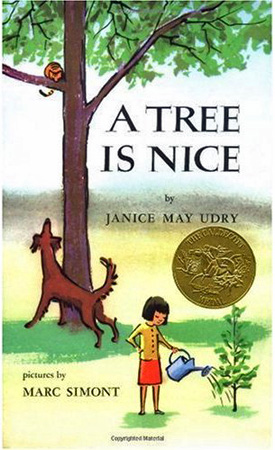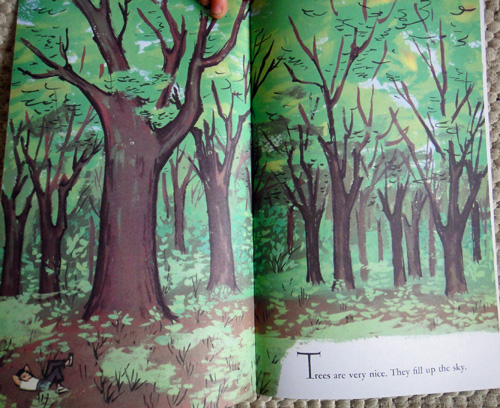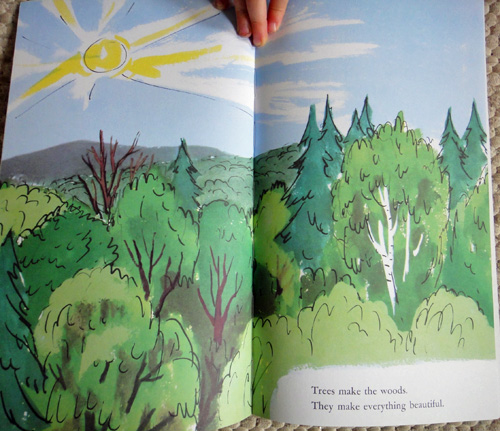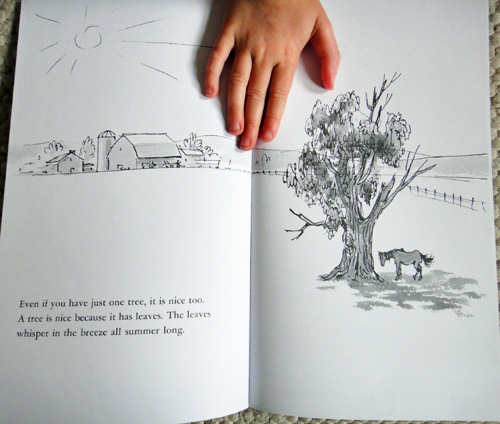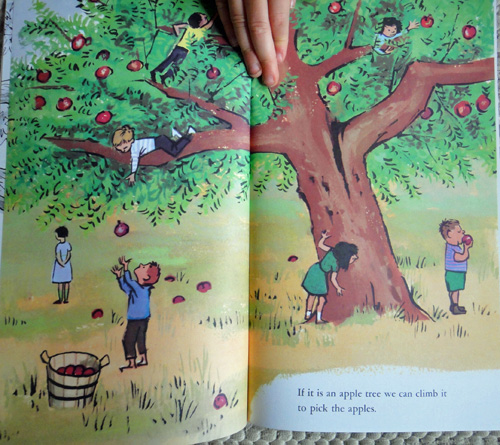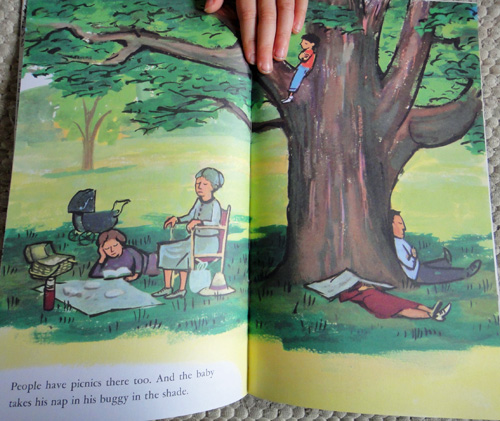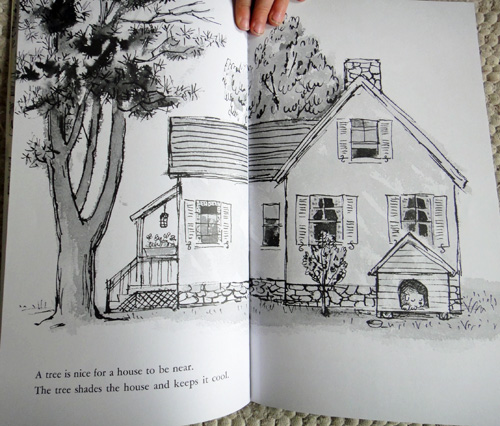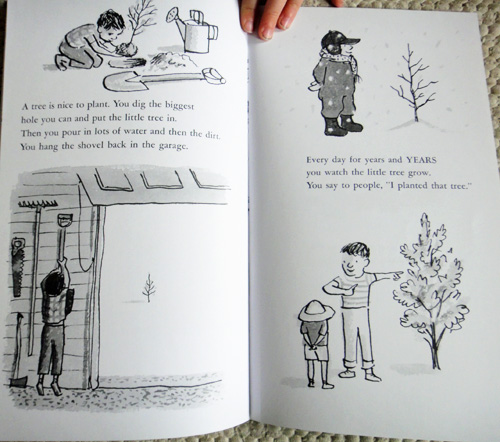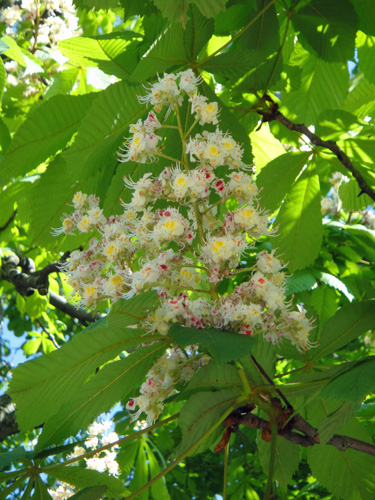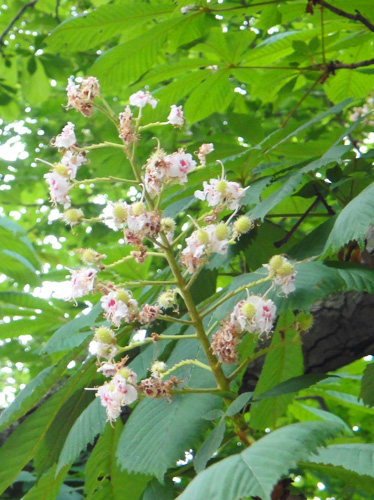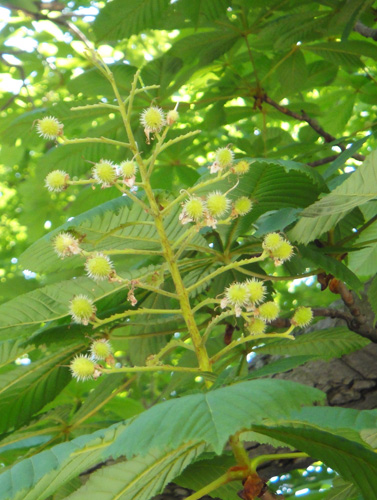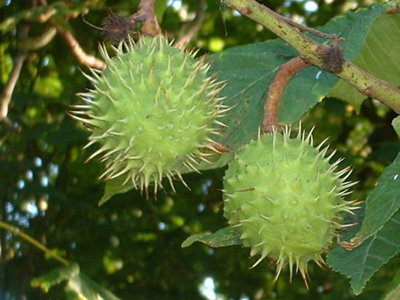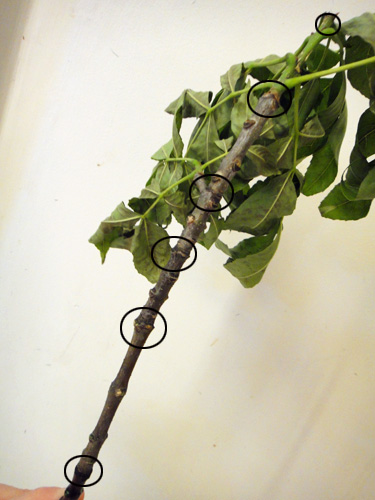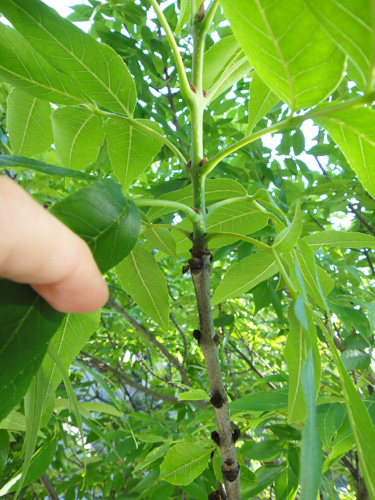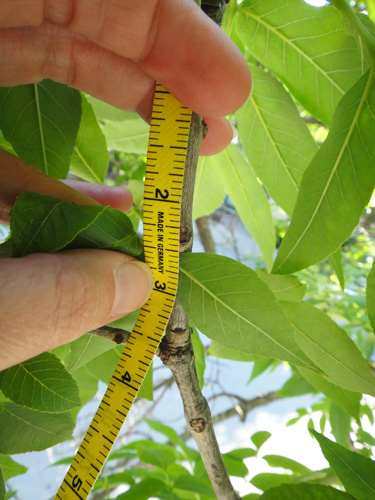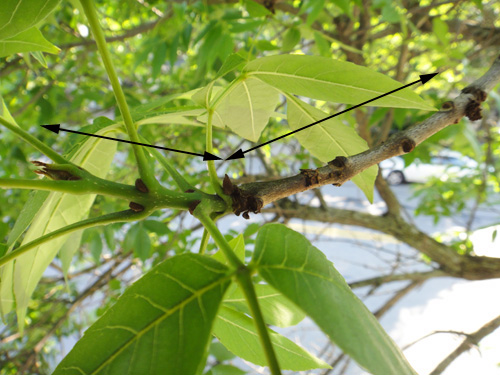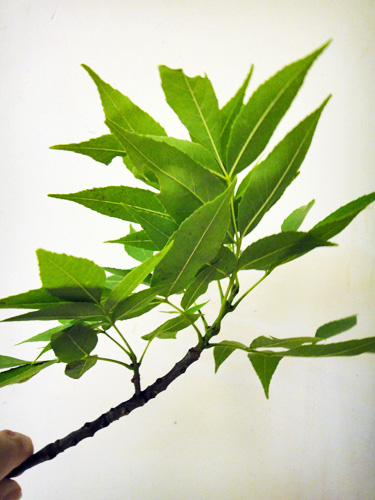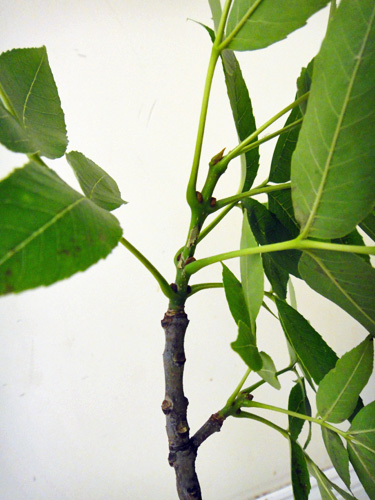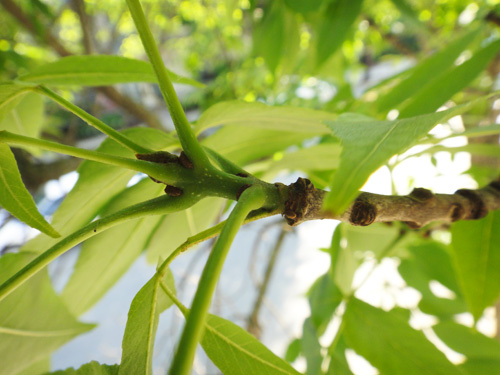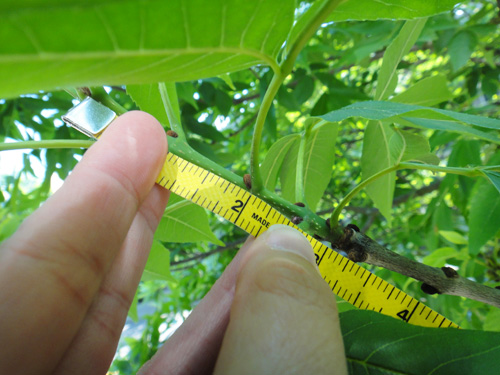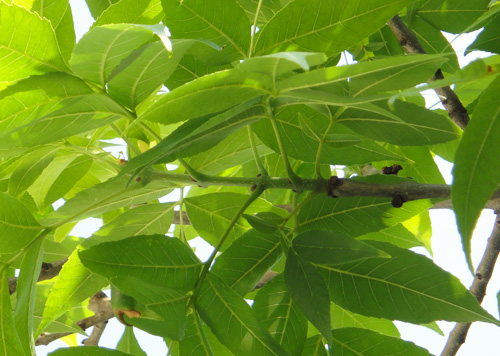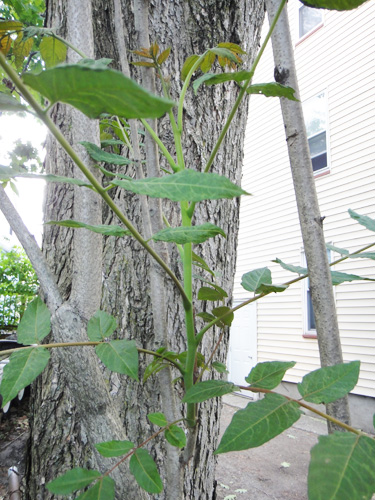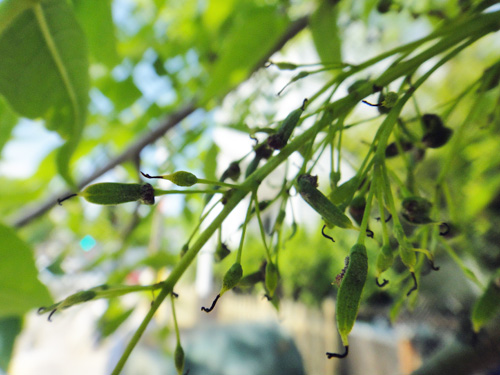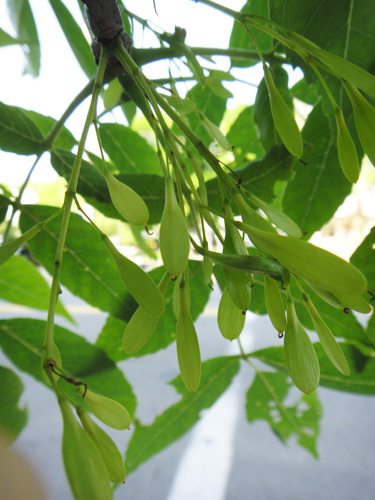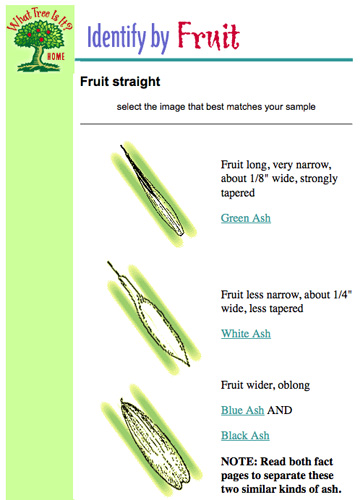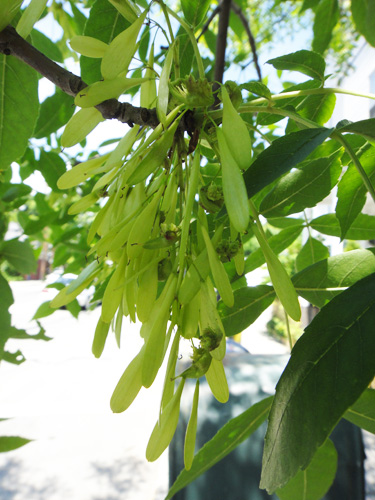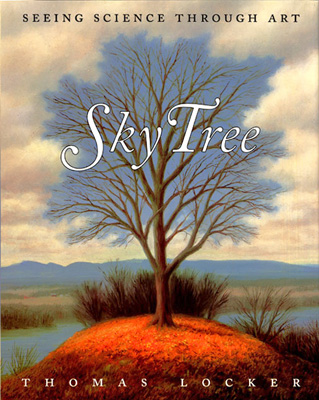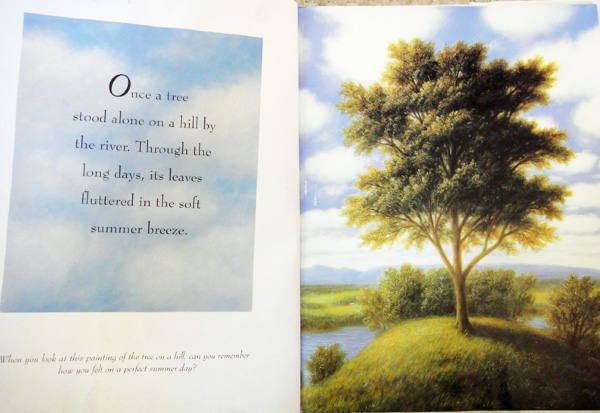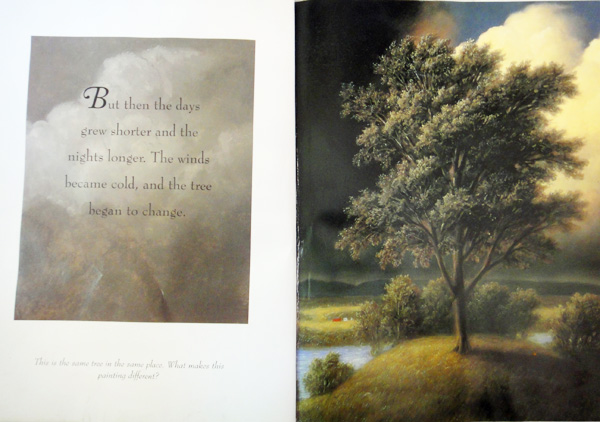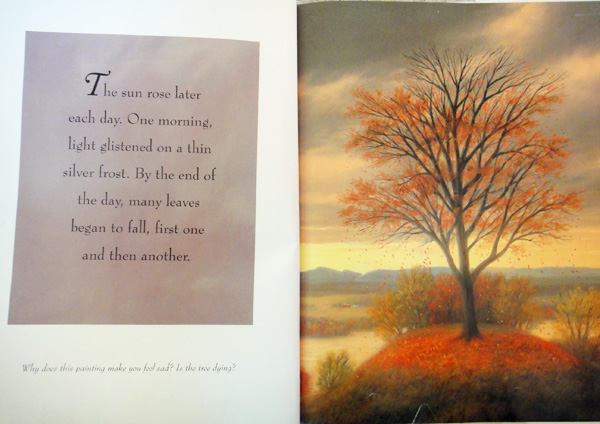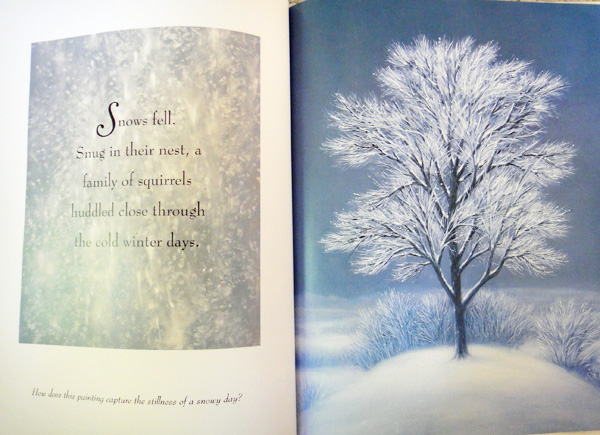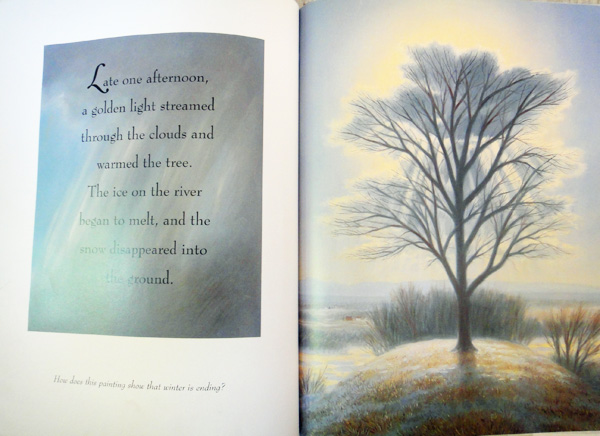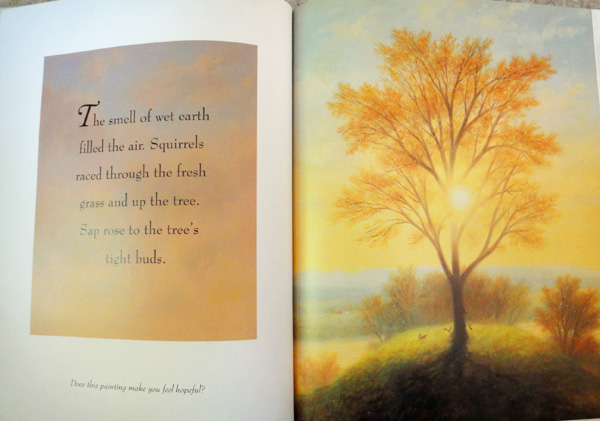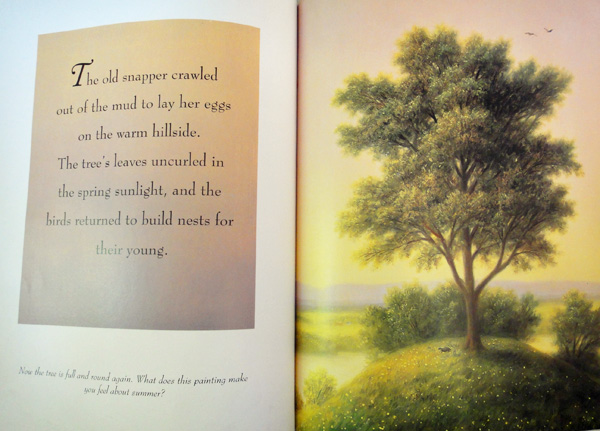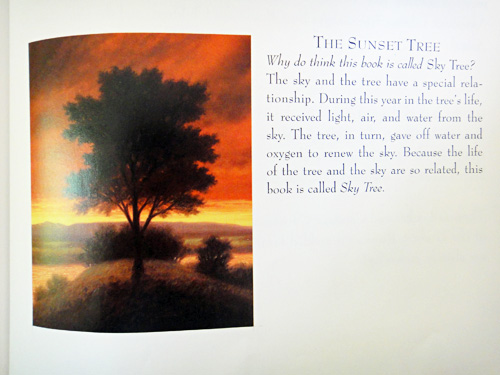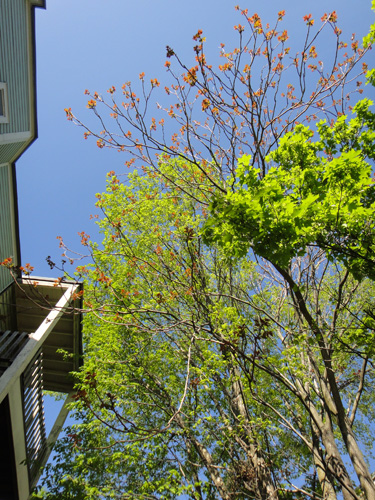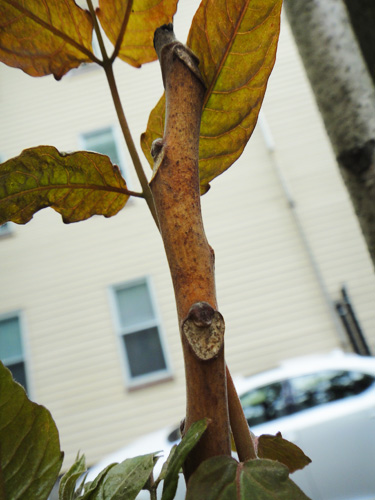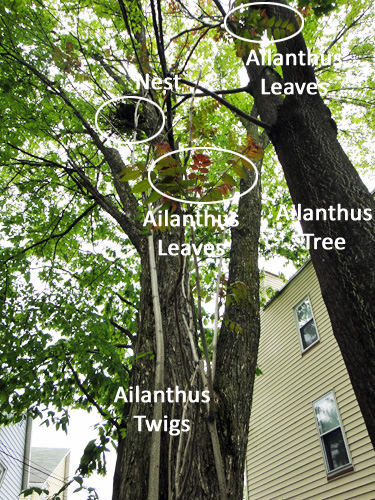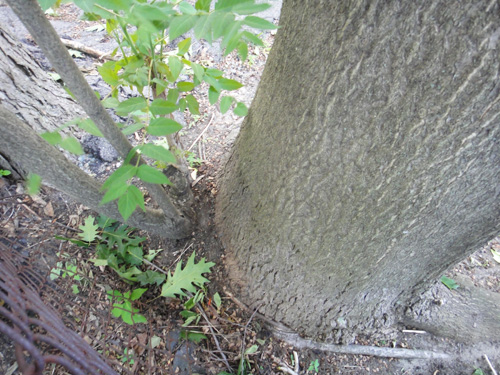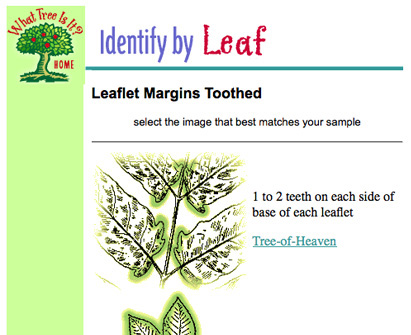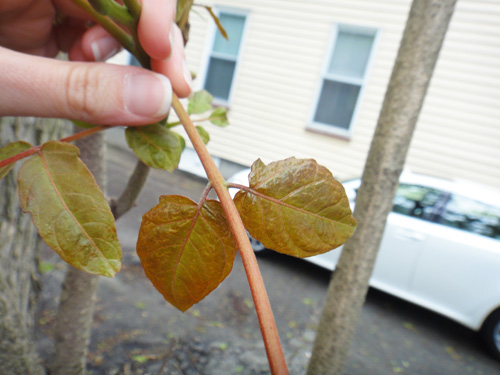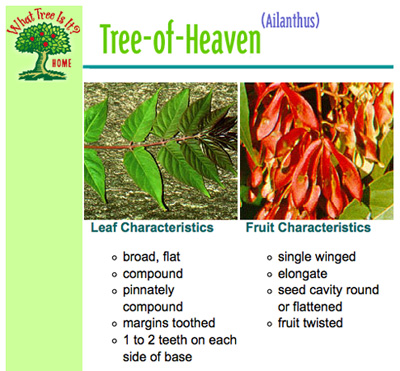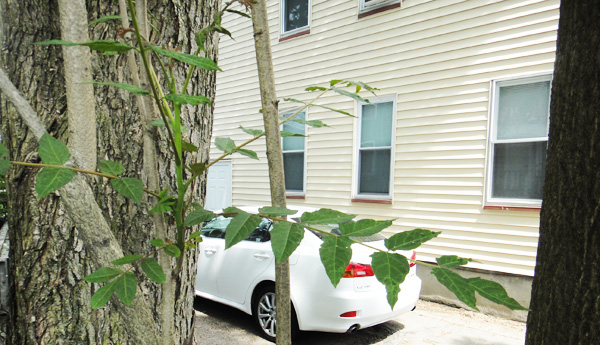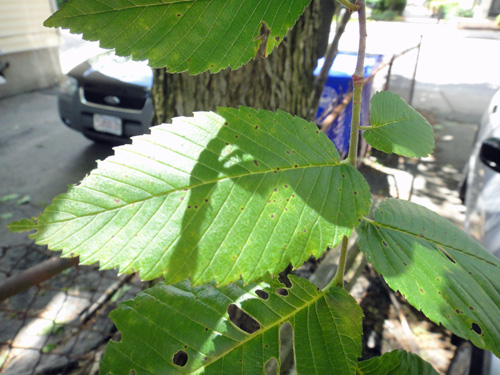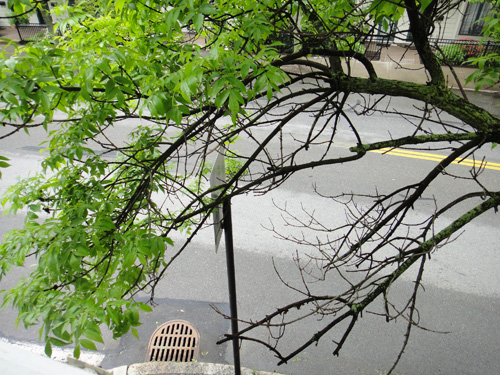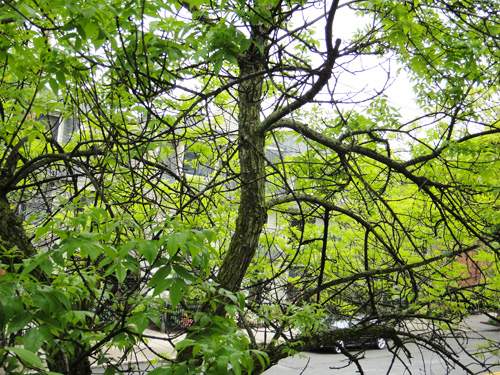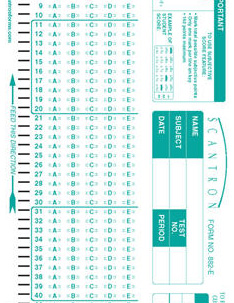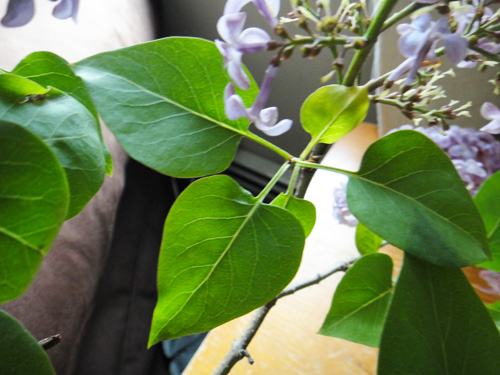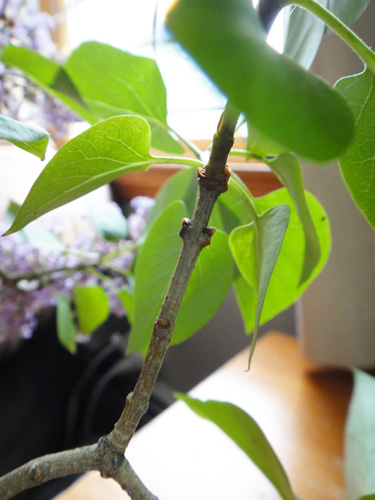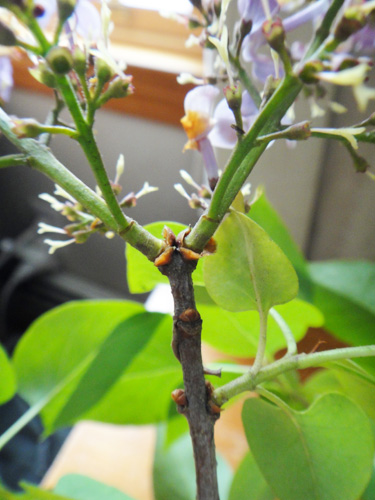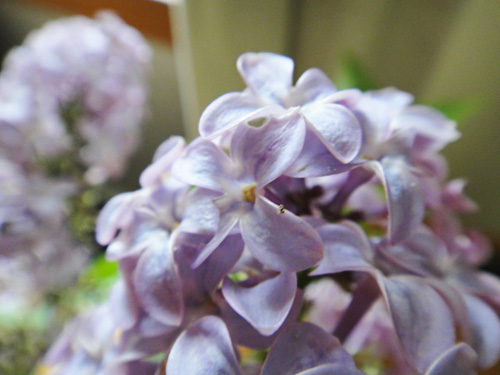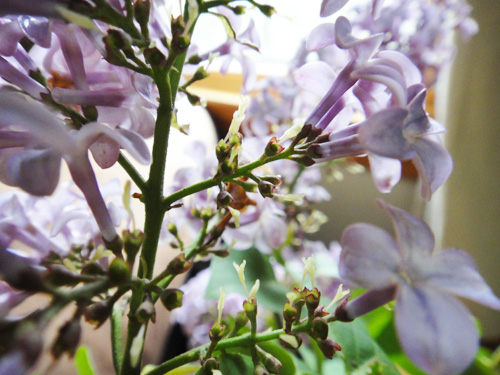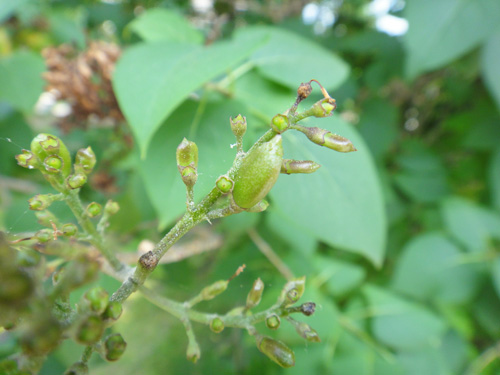School's almost out, which means we have just enough time to squeeze in one last field trip! Today we're off to
the Arnold Arboretum, which is only about 10 minutes away from us. We'll be back in time for lunch!
The arboretum has some fun
family activities including their Tree-of-the-Month program which we'll be focusing on today. Each month, they pick a tree species, put together a little handout about it, and hide a letterbox by one of those trees somewhere in the arboretum. The handout provides directions which lead you past other interesting sites and then to the letterbox tree. If you don't know what
letterboxing is, don't worry; neither did I! It's sort of like
geocaching. Someone hides a box in a public place like a park and lists its location in a directory. Inside the box, there is a rubber stamp and a notepad. If you have your own stamp, you stamp it in the notepad and add your name to the list of folks who have found the box. Then you can stamp the letterbox stamp in your own notepad to keep track of where you've been. The letterboxing makes the hunt for the tree of the month very exciting for kids. My own daughter couldn't wait to go looking for "the box tree"!
This month's tree is
the Japanese stewartia.
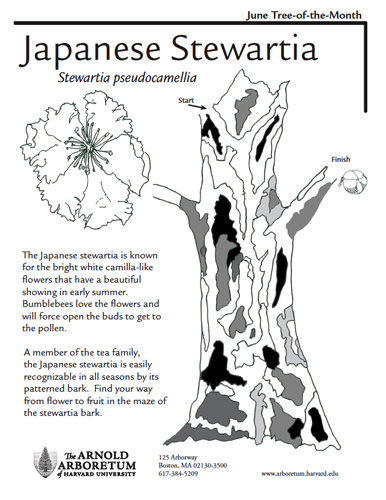
The directions on the handout told us that to find the letterbox tree, we first had to walk down Linden Path.
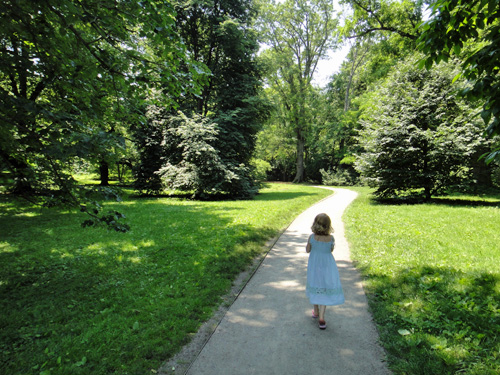
Initially we found oak trees along the path, but then we came to the lindens. I know nothing about lindens so I only knew we'd found them by looking at the tags on the trees.
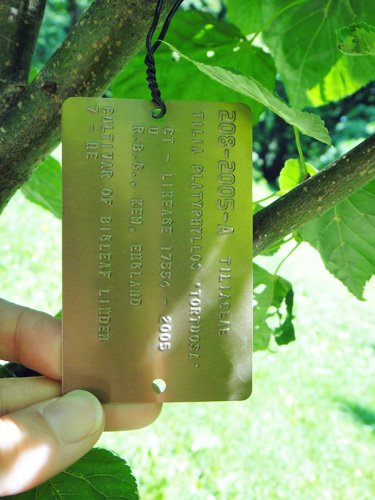
Every tree in the arboretum is labeled with a cool tag like this. It tells the species of the tree, how old the tree is (did you know there are over
700 trees in the arboretum that are 100 years old or more?!), and information about where it came from. This tag told me that this tree was a Bigleaf linden. It was, however, very little.
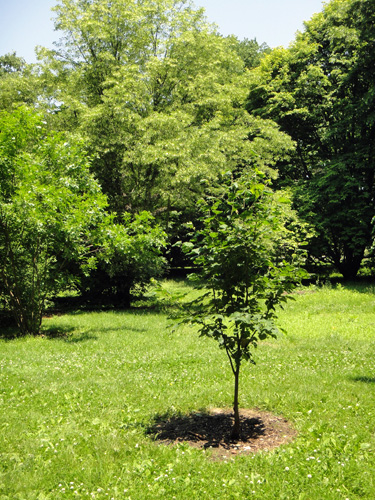
A few steps farther on the path led us to a Littleleaf linden that was very big.
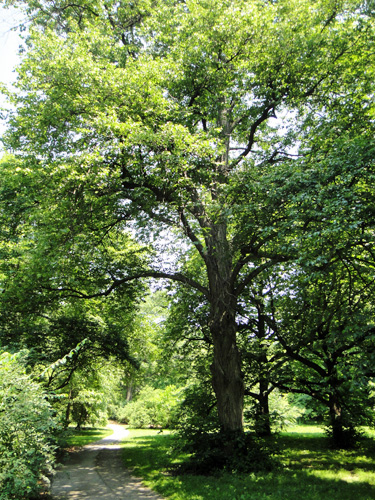
Neat.
The Linden Path ended at the Shrub and Vine Garden where my daughter fell in love with the wisteria archways.
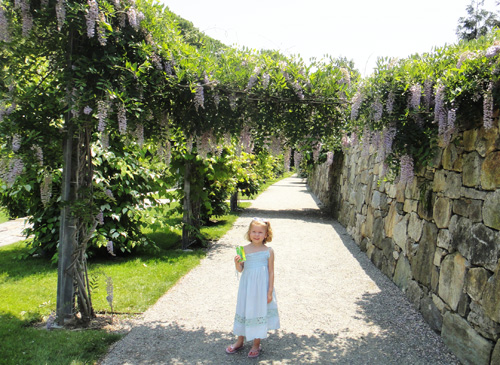
She kept calling them lilacs and they did look like lilacs with their clustered, purpley flowers.
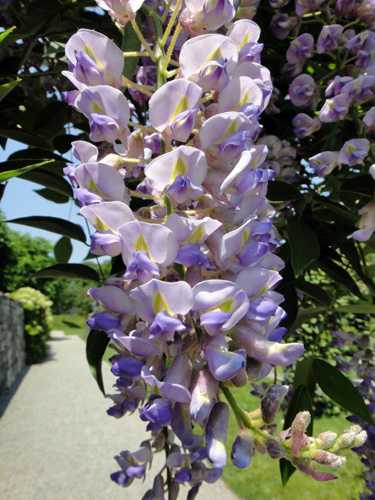
But the cool tag told me they were wisteria. And a close-up look revealed that these flowers are quite different from
the lilac flowers I've seen in the neighborhood. Instead of blooming on branches that grow up, these are in bundles that hang down. And instead of flowers that are open, these are funny little folded up tube-like flowers. So wisteria is not a lilac, but don't try to tell my daughter that.
After our trip through the Shrub and Vine Garden, we were back on the main path and were directed to a Japanese stewartia across from a bench.
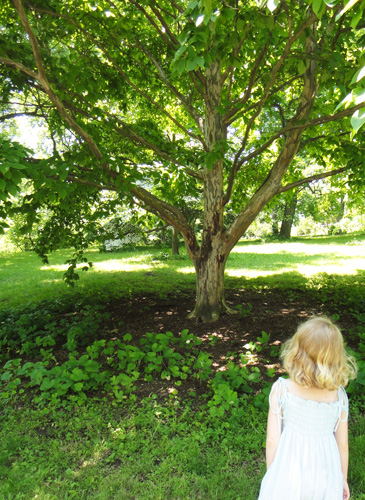
We recognized it from the mottled looking bark that the handout told us to look out for. But we still checked for the tag. (Note: it's very helpful to have a small person to help you find the tree tags!)
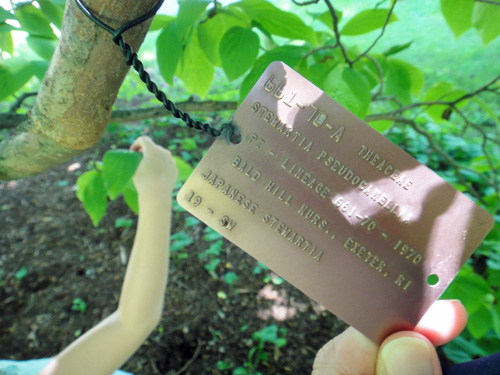
Bingo! The directions told us to continue past this stewartia to the dogwood tree behind it. Well, that could only be this one:
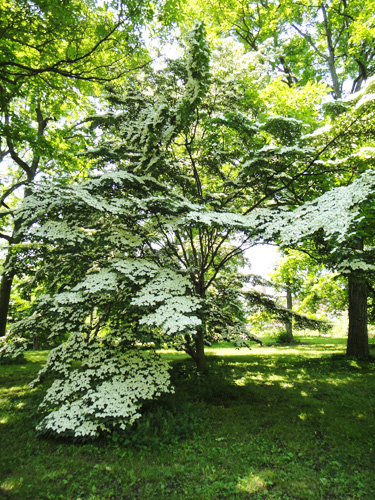
Look at those amazing flowers! It's like it's covered in snow or something. Fabulous. But we must continue on to the letterbox tree, my daughter reminds me. Okay, the directions say 15 more steps and we'll find another stewartia with the box.
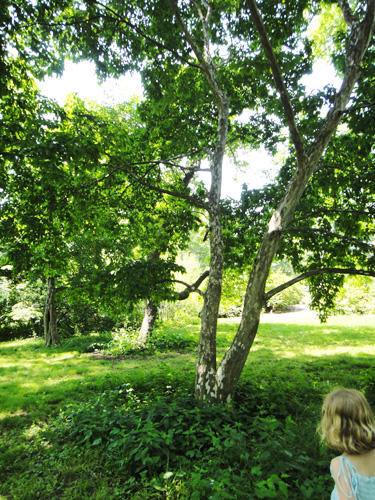
Is it this one? It's a stewartia. (We can totally recognize it now!) But no box. Wait, there's another one....
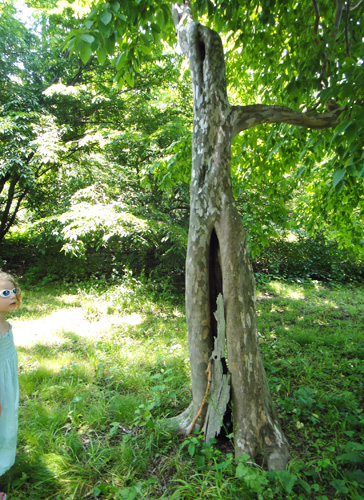
and there's a piece of wood covering a crack in the trunk....
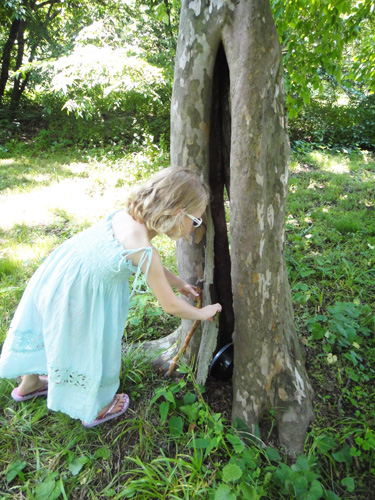
Just move this and...
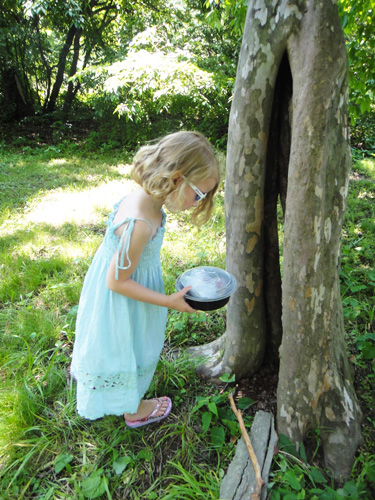
the box!!
We opened it up. We did the stamp. We high-fived. We were bitten by mosquitoes.
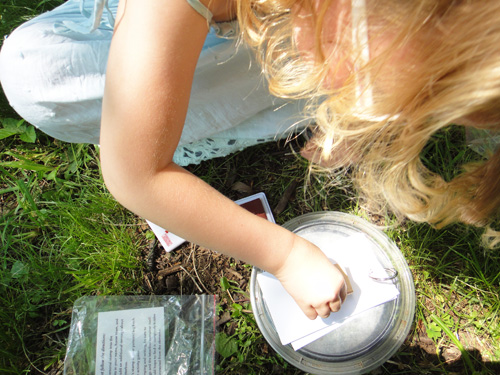
Then we packed everything back into its waterproof baggies and put the box back in the tree for the next person to find (maybe you - bring bug spray).
My daughter and I can't wait for July so we can search for the next letterbox tree! In the meantime, we might go back to see
the Explorers Garden. My fourth grade boys just finished a unit in school on explorers. I wonder what they would think of plant explorers like
E.H. Wilson. We could look up the original countries where he collected the plants on a map and talk about how they were brought back to Boston. The handout for the Explorers Garden says that after one of the plants was collected in 1911, the team was hit by a landslide and Wilson was seriously injured causing them to return early. Both he and the hemlock seedling survived. Exciting stuff!
